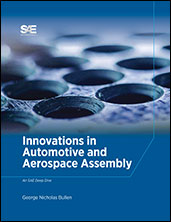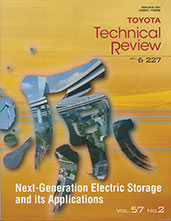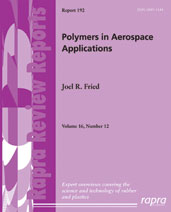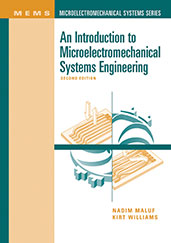Book
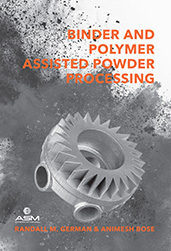
Binder and Polymer Assisted Powder Processing
2020-12-22
Binder and Polymer Assisted Powder Processing is an engineering guide to powder-binder-based manufacturing methods. It covers the basic principles, current and emerging practices, implementation, and cost.

